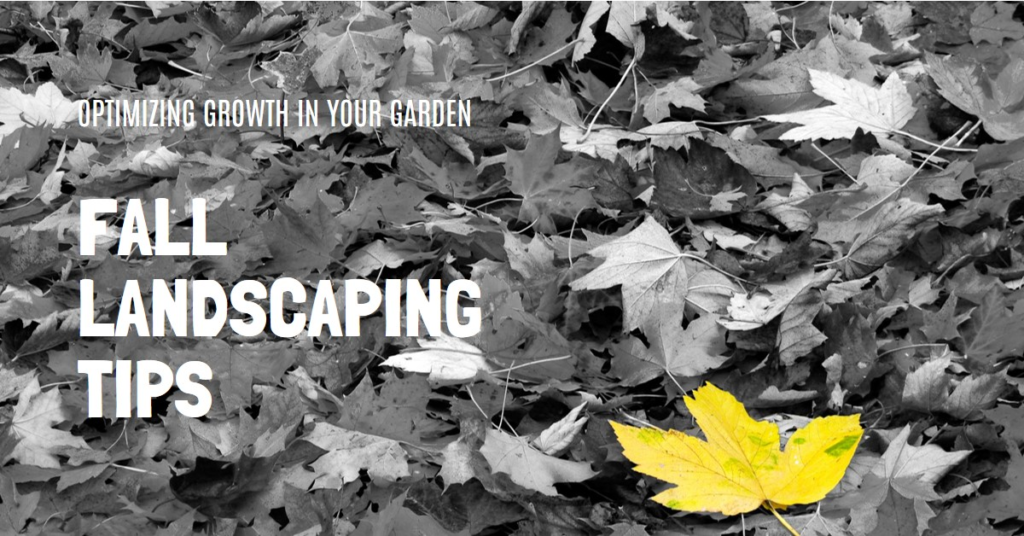
Table of Contents
- Introduction to Landscape
- 1. Plan Your Dream Garden
- 2. Embrace DIY Projects
- 3. Focus on Hardscaping
- 4. Choose Low-Maintenance Plants
- 5. Implement Water-Saving Techniques
- 6. Create Vertical Gardens
- 7. Start a Compost Pile
- 8. Incorporate Edible Plants
- 9. Add Personal Touches
- Conclusion
Introduction to Landscape
Landscaping can transform your garden into a beautiful retreat, adding value to your home and enhancing your quality of life. However, many people believe that a stunning garden requires a substantial financial investment. This is not necessarily true. With some creativity, resourcefulness, and strategic planning, you can landscape your garden beautifully and affordably. In this guide, we will explore various budget-friendly landscaping ideas to help you achieve the garden of your dreams without breaking the bank.
1. Plan Your Dream Garden
Visualize Your Garden
Before you start any landscaping project, take the time to plan and visualize your garden. Think about how you want to use the space and the overall aesthetic you wish to achieve. Consider creating a rough sketch or using free online garden planning tools to design your layout. Planning helps avoid costly mistakes and ensures a cohesive look.
Set a Budget
Establish a clear budget for your landscaping project. Determine how much you can afford to spend and allocate funds to different aspects of the project, such as plants, materials, and tools. Prioritizing your spending will help you focus on the most important elements and avoid overspending.
2. Embrace DIY Projects
Create Your Own Garden Features
Many garden features, such as planters, birdhouses, and garden furniture, can be made at home with inexpensive materials. Repurpose old items like pallets, tires, or wooden crates to create unique and functional pieces for your garden. DIY projects not only save money but also add a personal touch to your outdoor space.
Utilize Free Resources
Take advantage of free resources available in your community. Many local councils offer free compost, mulch, or wood chips, which can be used to enhance your garden soil and improve plant health. Additionally, you can find free or low-cost plants through community plant swaps or online marketplaces.
3. Focus on Hardscaping
Use Inexpensive Materials
Hardscaping elements like pathways, patios, and garden borders provide structure and definition to your garden. Instead of using costly materials, consider affordable alternatives such as gravel, mulch, or reclaimed bricks and stones. These materials can create charming and rustic features without the high price tag.
Recycle and Reuse
Incorporate recycled materials into your garden design. Old bricks, stones, and concrete pieces can be repurposed to create pathways, garden beds, or retaining walls. Not only does this approach save money, but it also adds character and sustainability to your garden.
4. Choose Low-Maintenance Plants
Opt for Perennials
Perennial plants return year after year, reducing the need for replanting and saving you money in the long run. Choose hardy perennials that thrive in your local climate and soil conditions. Native plants are often the best choice as they require less water, fertilizer, and care.
Grow from Seeds
Growing plants from seeds is significantly cheaper than purchasing mature plants. Start seeds indoors or directly sow them in your garden. Seed packets are inexpensive and offer a wide variety of plants to choose from. Additionally, growing from seeds allows you to experiment with different plants and designs.
5. Implement Water-Saving Techniques
Install a Rain Barrel
Collecting rainwater is an excellent way to reduce your water bills and provide your plants with natural, chemical-free water. Install a rain barrel beneath a downspout to capture runoff from your roof. Use the collected water to irrigate your garden during dry periods.
Use Mulch to Conserve Moisture
Mulching your garden beds helps retain soil moisture, reducing the need for frequent watering. Organic mulches like straw, wood chips, or shredded leaves also improve soil fertility as they decompose. Apply a thick layer of mulch around your plants to keep the soil cool and moist.


6. Create Vertical Gardens
Utilize Vertical Space
Maximize your garden space by growing plants vertically. Vertical gardens are ideal for small yards or urban settings where ground space is limited. Use trellises, wall-mounted planters, or hanging baskets to grow climbing plants, herbs, and flowers. Vertical gardens add visual interest and make efficient use of space.
Build a Living Wall
A living wall, or green wall, is a beautiful and practical way to incorporate more plants into your garden. Create a living wall using inexpensive materials like pallets or guttering systems. Fill the structure with soil and plant a variety of herbs, succulents, and trailing plants. Living walls provide privacy, improve air quality, and enhance the aesthetic appeal of your garden.
7. Start a Compost Pile
Recycle Garden Waste
Composting is an eco-friendly way to recycle garden waste and kitchen scraps into nutrient-rich compost. Set up a compost bin in a corner of your garden and regularly add vegetable peels, coffee grounds, grass clippings, and leaves. Turn the pile occasionally to speed up the decomposition process.
Use Compost to Enrich Soil
Homemade compost enriches your garden soil, promoting healthy plant growth and reducing the need for chemical fertilizers. Spread compost around your plants and work it into the soil to improve its structure, water retention, and nutrient content. Composting not only saves money but also contributes to a sustainable gardening practice.
8. Incorporate Edible Plants
Grow Your Own Food
Incorporating edible plants into your garden design is a practical and cost-effective way to landscape. Grow vegetables, herbs, and fruit-bearing plants that can provide fresh produce for your family. Edible plants are not only functional but also add beauty and diversity to your garden.
Companion Planting
Practice companion planting to maximize the benefits of growing edible plants. Certain plant combinations can improve growth, deter pests, and enhance flavors. For example, planting basil next to tomatoes can improve the taste of tomatoes and repel harmful insects. Companion planting is a smart and efficient way to manage your garden naturally.
9. Add Personal Touches
Decorate with Found Objects
Personalize your garden with unique decorations made from found objects. Look for interesting stones, driftwood, or shells to create focal points and pathways. Use old bottles, jars, or tin cans as quirky planters. Adding personal touches makes your garden feel more inviting and reflects your personality.
Create Cozy Seating Areas
Transform your garden into a relaxing retreat by creating cozy seating areas. Use inexpensive materials like wooden pallets or concrete blocks to build simple benches and tables. Add comfortable cushions and throws to create a welcoming space where you can unwind and enjoy your garden.
Conclusion
Landscaping your garden on a budget is entirely possible with a bit of creativity and resourcefulness. By planning carefully, embracing DIY projects, and making smart plant choices, you can create a beautiful and functional garden without overspending. Focus on sustainable practices like composting and water conservation to keep your garden healthy and environmentally friendly. Remember, a stunning garden does not have to come with a hefty price tag. With these affordable landscaping tips, you can achieve the garden of your dreams while keeping your budget intact.


